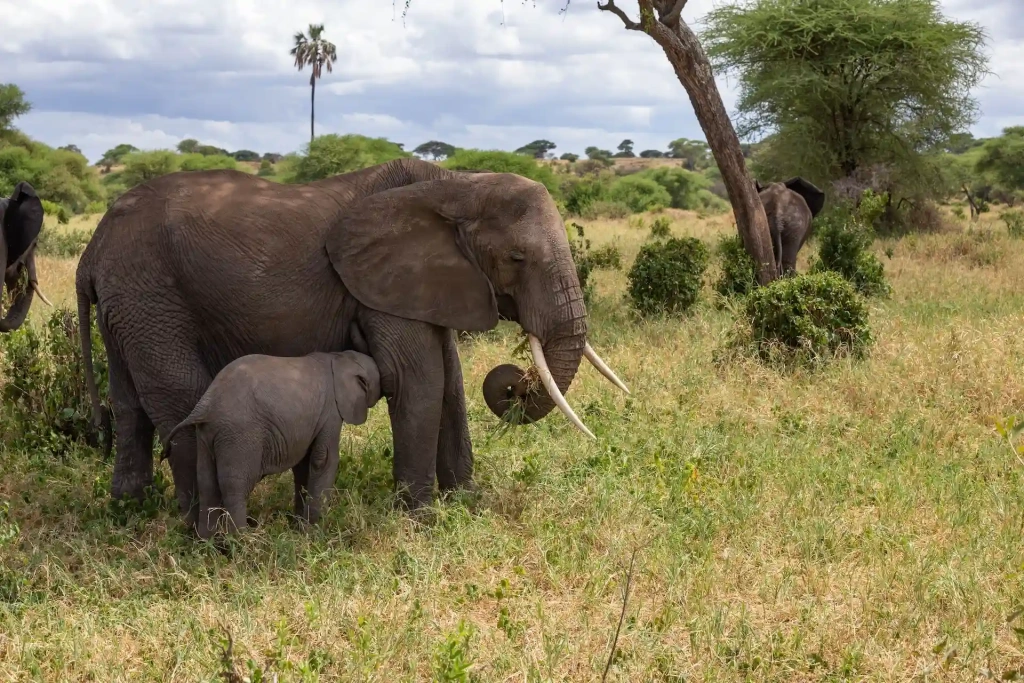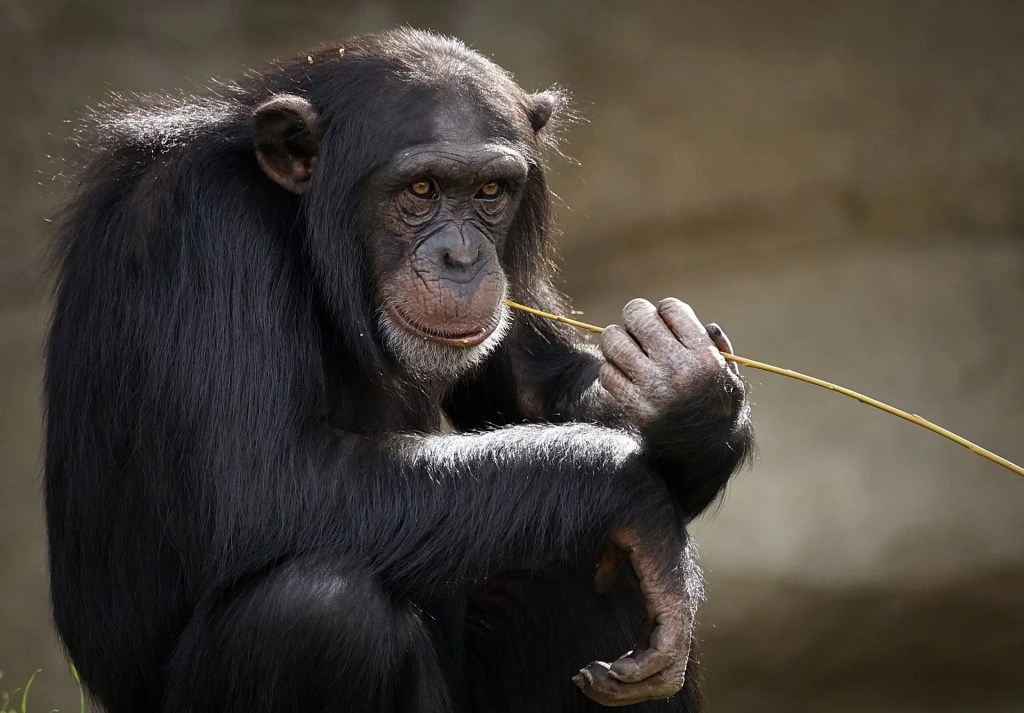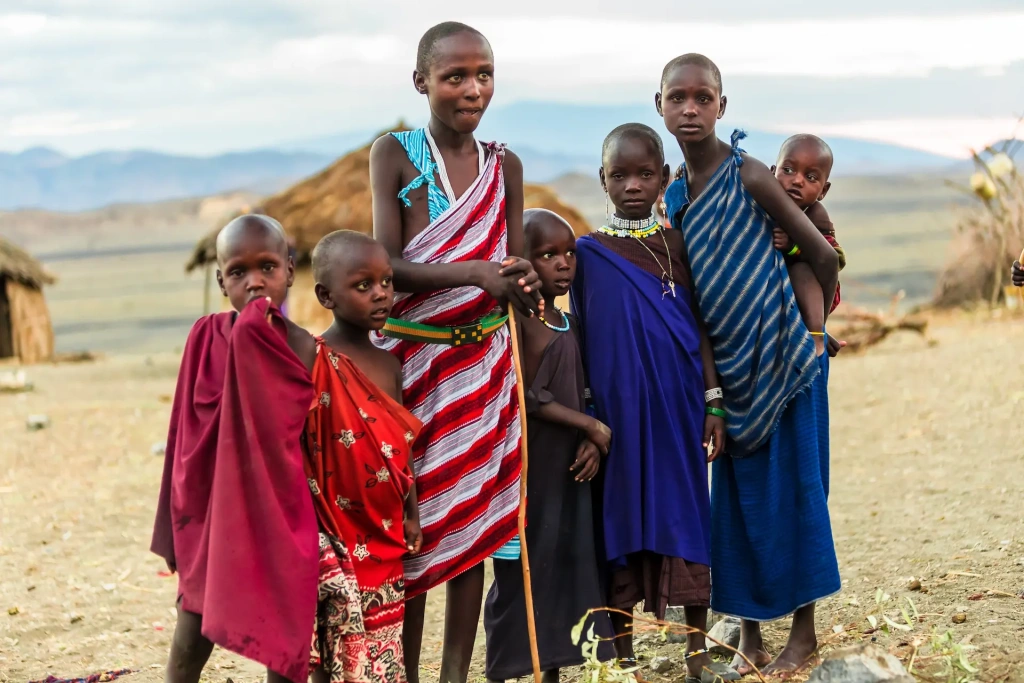Tanzania is a country full of fascinating stories and hidden secrets, yet many remain unknown to the wider world. While it may not have the same cultural spotlight as places like Paris or Rome, Tanzania has a rich history and stunning natural wonders waiting to be explored. From ancient mysteries like the lost city of Rhapta to unique wildlife and remarkable historical events, Tanzania offers much to discover.
Continuing to explore Tanzania's regions, history, and culture, Altezza Travel has compiled a list of 15 amazing facts about this country. It includes a volcano crater teeming with wildlife, the last slave market on the planet, a secret experiment on an uninhabited island, and the shortest war in human history. Enjoy!
1. Tanzania is safer than many more developed countries
Every year, the Institute for Economics and Peace, whose research is even relied upon by the World Bank and the UN, compiles the "Global Peace Index." The analysis is based on 23 different indicators that affect countries' economic, political, and social stability.
In the 2024 ranking, Tanzania is ranked 65th, ahead of the United States, France, China, India, Turkey, and Brazil. This country is considered safe even for solo female travelers.
2. It’s the homeland of Africa’s highest mountain
The dormant stratovolcano Kilimanjaro is located within the national park of the same name, rising 5,895 meters (19,341 feet) above sea level. This makes it the highest point on the continent, the tallest free-standing mountain in the world, and a resident of the famous "Seven Summits."
Despite its serious status, almost anyone in good physical shape can climb Kilimanjaro. No climbing skills or mountaineering gear are required. Eight routes lead to the summit of the mountain, Uhuru Peak. The average expedition lasts only seven to eight days. By comparison, climbing Everest takes about two months.
3. Nearly 30% of Tanzania's territory is covered by protected wildlife zones
Tanzania is the largest country in East Africa and has dozens of national parks, reserves, and other conservation areas. Together, they exceed the area of many European countries, such as Italy, Greece, the Czech Republic, Denmark, the Netherlands, and many others. The Selous Game Reserve in Tanzania was once the largest national park in all of Africa. Today it has been renamed (in part) to Nyerere National Park, and visitors to this African country can go on safari in those iconic places.
Thanks to this, it boasts the highest concentration of wildlife and some of the best places in the world for observing animals. Here you can see the Big Five: lions, elephants, buffaloes, rhinos, and leopards.
4. Tanzania has its own lost “Atlantis”
In ancient times, the East African coast was called Azania, with its principal city being Rapta. It is considered one of the richest metropolises of its time, flourishing around 2,000 years ago thanks to trade with Arab countries.
Rapta is mentioned in Ptolemy’s Geography and the Periplus of the Erythraean Sea. Apparently, the city was located in present-day Tanzania: either in the Rufiji River delta, near Kilwa Kisiwani, or by Mafia Island. But this is not certain.
Modern science knows almost nothing about Rapta's history. It disappeared without a trace more than 1,600 years ago, and searches for traces of the lost city continue to this day, though not very actively. In 2016, diver Alan Sutton discovered several thousand stone blocks near Mafia Island. According to archaeologist Professor Felix Chami of the University of Dar es Salaam, these could very well be the ruins of Rapta.
5. The Great Wildebeest Migration happens in the Serengeti National Park
The Serengeti National Park serves as the stage for one of the most spectacular natural events in the world—the Great Migration. Hundreds of thousands of hoofed animals, including zebras and antelopes, join a herd of 1.5 million as they traverse the African plains in search of new habitat.
In addition to this, the park is home to the African Big Five, as well as giraffes, hippos, crocodiles, several dozen other species of large mammals, and about 500 species of birds. The Serengeti is included in the UNESCO World Heritage List.
6. Zanzibar in Tanzania is known for the shortest war in history
On August 25, 1896, the Sultan of Zanzibar, Hamad bin Thuwaini, who had the support of the British colonial administration, passed away. On the day of his death, his cousin Khalid bin Barghash, who collaborated with Germany, seized power through a coup.
In response, Britain deployed a naval fleet to the shores of Zanzibar and issued an ultimatum demanding Barghash renounce his claim to the throne, order the disarmament, and lower the flag by 9:00 a.m. on August 27. Despite having an army vastly outnumbered and outgunned, the new sultan decided to hold his ground. The British did the same.
As promised, at 9:00 a.m., the fleet opened fire on the palace, the few cannons, and the single sultanate ship. This marked the beginning of the Anglo-Zanzibar War, which lasted only 38 minutes, making it the shortest war in history.
7. Tanzania is home to tree-climbing lions
You’ve probably seen pictures of lions resting on tree branches. These photos were taken in Tanzania, particularly in Lake Manyara, Tarangire, and Serengeti National Parks.
The exact reason for this behavior is unknown. One of the most popular theories is that lions climb trees to escape insect bites and the heat. The argument that lions are cats, and cats like to climb, doesn’t hold up, as these predators don't exhibit this behavior anywhere else in the world. Going on safari in Lake Manyara National Park, Tarangire National Park, or Serengeti National Park in Tanzania you have a chance to witness this wildlife wonder.
8. Olduvai Gorge – the Cradle of Mankind
Olduvai Gorge is located in northern Tanzania. It is a 48-kilometer (30-mile) ravine, often referred to as the “Cradle of Mankind.” Throughout the 20th century, archaeological excavations here led to sensational discoveries. Specifically, the remains of early human ancestors and the first tools, dating back as far as 2 million years, were found. Research and debates on the topic of the earliest humans continue to this day.
Interestingly, this place was discovered almost by accident. Until the 19th century, Olduvai Gorge was not a focus of global scientific interest. In 1911, German neurologist and paleontologist Wilhelm Kattwinkel arrived in Tanzania to study sleeping sickness, which was taking many lives at the time. During this trip, he discovered potentially valuable fossils in the area. Excavations began just two years later.
It’s worth noting that Olduvai is not the only place where fossils of such antiquity were found. The UNESCO-listed "Cradle of Humankind" also includes the Gauteng province in South Africa, where 2.3-million-year-old Australopithecus fossils were discovered in the Sterkfontein caves in the mid-20th century.
9. Ngorongoro Crater is teeming with wildlife
To avoid confusion, let’s clarify: Ngorongoro Crater is just a small part of the larger Ngorongoro Conservation Area, which spans more than 8,200 km² (3,166 mi²). To put that into perspective, it’s larger than Luxembourg, Singapore, the Virgin Islands, and the Faroe Islands combined. There’s even room left for Hong Kong.
The reserve is home to around 25,000 large mammals, with most of them residing in the 260 km² (100 mi²) crater. That’s nearly 130 times the size of Monaco. The concentration of wildlife is so high that on a safari, you encounter new animals every 5–10 minutes. Ngorongoro is considered the most beautiful place to observe wildlife and, like the Serengeti, is included on the UNESCO World Heritage List.
10. Tanzania is surrounded by the waters of the Great African Lakes
The country lies within the East African Rift Zone, along which some of the planet’s largest freshwater lakes are found. These are known as the Great African Lakes, and sometimes even referred to as inland seas. Tanzania has access to three of them.
- Lake Victoria, which also borders Uganda and Kenya, is the largest on the continent and the second-largest in the world after Lake Superior in North America. At 68,800 km² (26,560 mi²), it could easily fit 165 Venices.
- Lake Tanganyika, bordering Congo, Zambia, and Burundi, is the deepest in Africa and the second deepest in the world after Russia's Lake Baikal. Its average depth is 570 meters (1,870 feet), and the deepest point is 1,470 meters (4,823 feet). For comparison, the Adriatic Sea's depth is 1,230 meters (4,035 feet).
- Lake Nyasa (Lake Malawi), whose shores also belong to Mozambique and Malawi, has the greatest variety of fish species in the world. By conservative estimates, it has over 1,000 species, and this number increases almost every week. Many of the lake’s inhabitants are found nowhere else.
11. The first documented chimpanzee war occurred in Tanzania
Gombe Stream is the smallest national park in Tanzania, located on the shores of Lake Tanganyika. It became famous mainly due to the work of Jane Goodall, a renowned British primatologist who lived in the Gombe Stream National Park for many years, studying the social behavior and intelligence of chimpanzees. Many of our modern insights into chimpanzees are owed to her. For instance, Goodall was the first to observe that chimpanzees use primitive tools, eat meat, hunt together, and even wage wars.

Jane Goodall is the world’s leading primatologist and environmental activist. Her 60-year research legacy laid the foundation for modern primatology: in Gombe Stream National Park, she discovered that chimpanzees can form lasting social bonds and use basic tools. Goodall also found that, like humans, primates experience emotions such as joy, fear, empathy, and grief.
Author of books on wildlife, PhD from Cambridge University, featured in the National Geographic documentaries, Dame Commander of the Order of the British Empire, and UN Messenger of Peace.
In 1974, she noticed a split within one chimpanzee group: six males, three adult females, and several young separated from the rest and began living in isolation. This did not sit well with the main group. Over the next four years, the latter set up ambushes and brutally attacked the “rebels.” Only a few females survived—beaten and abducted. When the last member of the separated group died, the victors took over the territory.
This is the first documented case of intentional killing among chimpanzees, known as the “Gombe Chimpanzee War.” Initially, Jane Goodall's discovery was met with criticism, as scientific models of human and animal behavior had never intersected before. However, later studies in Gombe and other countries such as Democratic Republic of the Congo confirmed that chimpanzees are indeed capable of waging real wars.
12. Tanzania has two capitals
Dar es Salaam is Tanzania's largest port city, with a population of over 5 million people. Officially, it was the capital from 1961. Despite losing this status in a legal sense, most government institutions, major companies, and enterprises remain based here.
In 1996, the capital was moved to Dodoma, though little has changed since. In almost 30 years, aside from a few exceptions, only the president’s residence and a few ministries have relocated there. Dar es Salaam continues to be the country’s economic and cultural center.
13. There are over 120 languages in Tanzania, and numerous native religions
Tanzania can be considered one of the most multicultural countries in the world. There are over 120 different ethnic groups and tribes in Tanzania and about the same number of languages. The official languages are English and Swahili, which, despite being a mixture of Bantu dialects and Arabic, is considered a lingua franca for all native residents. It is taught in schools.
Most of the other languages are isolated, meaning they are spoken only within a specific ethnic group. Among these, Sandawe and Hadza stand out with their distinctive click consonants, which are found nowhere else on the planet.
As for religions in Tanzania, according to estimates, 63% of residents practice Christianity, 34% practice Islam, and the rest practice Buddhism, Judaism, Hinduism, and other religions, including traditional African beliefs. These last ones are of particular interest to seekers of local color, as they may include ancestor worship, belief in spirits, and witchcraft.
14. Zanzibar was home to the world’s last slave market
Today, Zanzibar is known as a popular tourist destination with good hotels, white sandy beaches, and colonial architecture in its historic district. However, just 150 years ago, it was home to one of the largest slave markets in Africa, where up to 50,000 people were sold annually. Arab and Indian traders established many trade routes in the region, which also allowed slave trade to flourish.
Slavery in Zanzibar became illegal in 1870, though it continued to be practiced for some time. In 1873, under pressure from Britain, the world’s last slave market was closed. Today, a memorial complex stands in its place in Stone Town.
15. A secret experiment with animals was conducted on Rubondo island
Visitors to Tanzania have the opportunity to become part of a hidden jungle experiment that began in World War II-era Berlin. A German professor and Wehrmacht veterinarian, Bernhard Grzimek, fled the German capital to the newly liberated Frankfurt am Main. There, he first became the director of a zoo and later led the Frankfurt Zoological Society.
In 1966, Grzimek decided to rescue chimpanzees captured from the wild in Africa and condemned to slow death in European zoos and circuses, returning them to their native habitat—this time to the uninhabited Rubondo Island on Lake Victoria.
The experiment, nicknamed "Noah’s Ark," was risky and unique because the primates were not adapted to the wild. Nevertheless, they learned to find food, build nests, raise offspring, and eventually formed a typical chimpanzee society. Later, other animals, including giraffes, elephants, and antelopes, were introduced to the island.
Living in a protected reserve isolated from the mainland is safe for the animals. However, the descendants of the chimpanzees rescued from Europe grew up unaccustomed to human society, making it difficult for scientists to observe them in their natural environment.
To address this, in 2015, the Tanzania National Parks Authority launched the Rubondo Island Chimpanzee Habituation Experience, offering visitors the chance to serve as ambassadors for humanity. The project’s goal is for travelers to become acquainted with Rubondo and its inhabitants while the island’s wildlife, in turn, becomes familiar with the visitors. Although the project has increased the number of successful safaris over the years, encountering the shy chimpanzees is still not guaranteed. Still, whether or not guests spot the great apes, their presence in the jungle won’t go unnoticed and will show the chimps that humans mean them no harm.
All content on Altezza Travel is created with expert insights and thorough research, in line with our Editorial Policy.
Want to know more about Tanzania adventures?
Get in touch with our team! We've explored all the top destinations across Tanzania. Our Kilimanjaro-based adventure consultants are ready to share tips and help you plan your unforgettable journey.
























